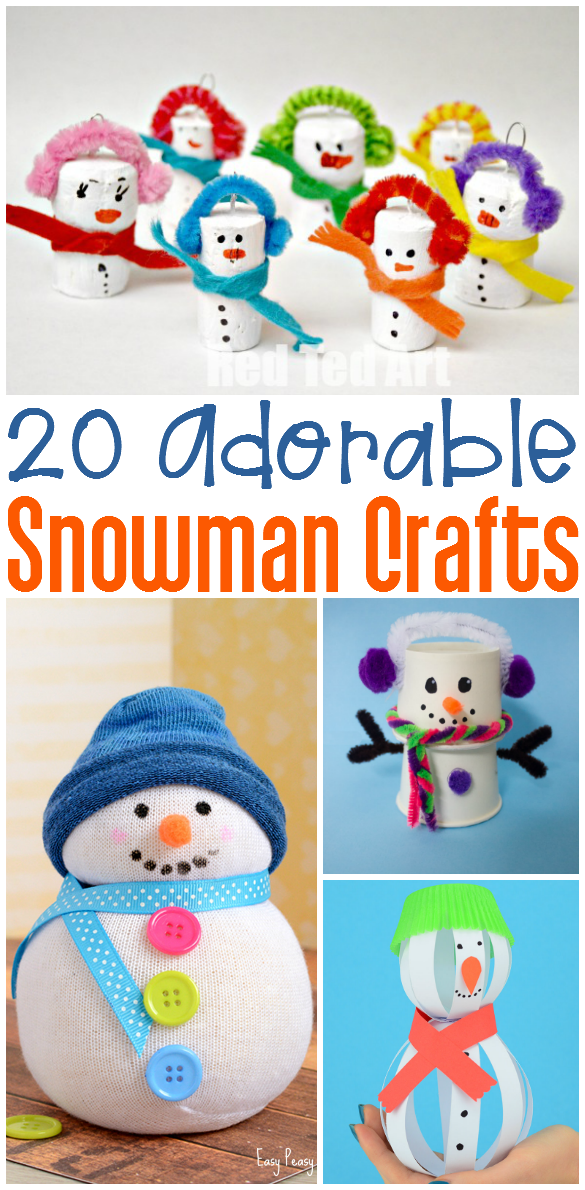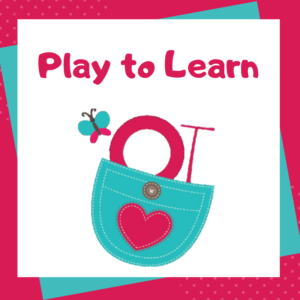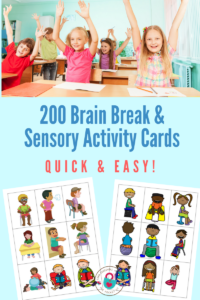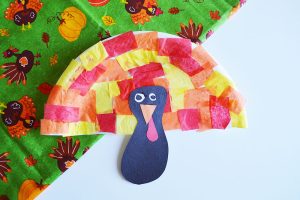
20 Snowman Crafts
Who wants to build a snowman? We do! This week we’ve rounded up some snowman crafts and activities. Each link contains a fun…
Did you know we all have different learning styles? Many people with special needs learn much better when we provide visuals such as charts and pictures. Other children learn best when adding movement! As a therapist, I know that kids quickly learn through active teaching methods. Using many senses like touch, smell, movement, noise often builds more pathways to learn. We should not try to force long boring lessons on kids minds.
The fact is, elementary school children are wired to learn through play and activity. Change things up with these active ways to teach elementary basics.
 -Here are my ‘Out of the POCKET’ tips to boost your child’s learning:
-Here are my ‘Out of the POCKET’ tips to boost your child’s learning:-Give children math facts and have them hop, jump, and skip the answer. This helps their minds work and use up some of their bodies excess energy. For children that learn best in an active environment, you can’t get much better than this. Use math dice from your child’s favorite board games to create math facts. Roll dice and add the two together.
-Learning to read and write can be done in fun and exciting ways. Go outside and use chalk to write GIANT versions of spelling lists. Write words in the sand at the beach. Go for a walk and find words on signs to read. Get up and get out away from the ordinary to make reading and writing seem more fun and exciting for children. Show them how reading is involved in day-to-day life. Read recipes and make shopping lists.
-Get active with science by taking the kids outside to do some simple science experiments. Learn how the body works by taking your child’s heart rate before and after having them run a couple laps across the yard. This is a great way to help kids gain an understanding of how their bodies work in a memorable way. Build bottle rockets and send them flying or blow something up with a chemical reaction in the driveway. For more information on learning how our internal body works, and about identifying thoughts and feelings in my earlier post about INTEROCEPTION HERE.
-Learn about history by taking kids on a hike. Learn how to navigate and how to find edible plants. Nothing like learning how people lived in the past through hands-on exploration to make what children learn in textbooks stick. From churning milk by hand to growing their own food there is so much about the past that can be learned in an active hands-on way. If you would like to do a nature A-Z scavenger hunt, I have a FREE DOWNLOAD here.
 200 ready-made activities for ANY setting! Get yours today!
200 ready-made activities for ANY setting! Get yours today!
These simple ideas are far from everything you can do with your children to cover elementary basics in fun and active ways. Think outside the box and look for ways to take lessons outside. Spelling can be done outside in the pool with foam letters, learn logic with a giant version of chess made with chalk and toys, get creative with art and fill squirt guns with paint and turn a sheet into abstract art. The possibilities for learning are endless. Find your child’s passion and run with it to find fun ways to make learning fit the needs of the child.
Share your kinesthetic (move to learn) activities with me in the comments section. I LOVE hearing from you!



